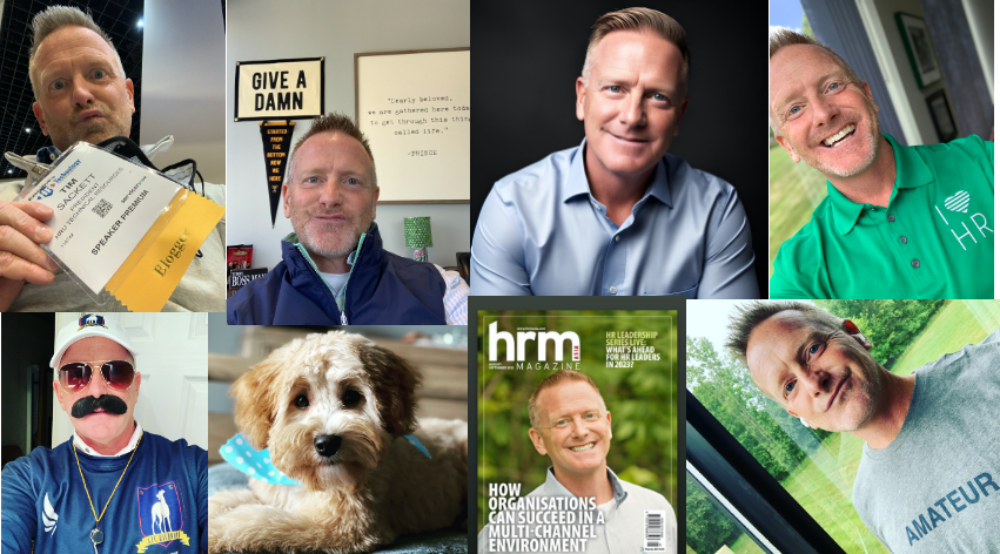Last week I was at the HR Technology Conference in Chicago and when I arrived on Tuesday afternoon there was this buzz in the air and folks talking about this great pre-conference event called “Women in HR Technology“.
Steve Boese, Co-Chair of the HR Technology Conference, was behind the creation and had this to say prior:
“In the traditionally male-dominated technology industry, there are many successful women leaders introducing new ideas, developing transformative solutions and leading their companies to success. We are proud to hold this long overdue ‘Women in HR Technology’ event, which will not only showcase more than 15 of the most successful women changing the industry, but also provide new insights for how other women can create their own professional roadmaps.”
The agenda was loaded with the leading women from various HR technology companies from across the globe. I spoke with a couple of the speakers including, Brynne Herbert, founder, and CEO, of MOVE Guides. Brynne shared with me that women trying to start their own firms in HR Technology have some serious challenges in that only 7% of Series A funded companies in HR Tech are founded by women, and that number drops to 3% that make it to Series B funding!
Herbert shared with me the three main reasons she believes women backed companies in HR technology struggle:
- Females are more risk adverse and starting your company is a risky proposition.
- Females don’t tend to be the ones to brag themselves up and when you’re starting a company it’s an important part of making your company success.
- You must be able and willing to evangelize your idea against all odds. Many people will tell you that it won’t work, and you have to truly believe it will.
Hebert also mentioned that another challenge is most new HR technology companies rely on VC-backed funding and only about 8% of VC’s are run by women. Like most things in life, we tend to back that what we feel most comfortable with. That makes is super hard for women to get backed by male-run VC’s.
Many people don’t know, but I’m extremely passionate about the concept of women in leadership. I was raised by a single mother who started a technology company back some 35 years ago when no women did this, and my master’s thesis for my HR degree was a study on women and leadership.
It was a big step for the HR Technology Conference to first recognize this issue and second make actually begin to do something about it. I look forward to seeing what will come out of this and I was told by Boese and Herbert that they definitely want to continue the conversation beyond just this one summit. As soon as those next steps become solidified I’ll make sure to share how you can also become part of this conversation.
